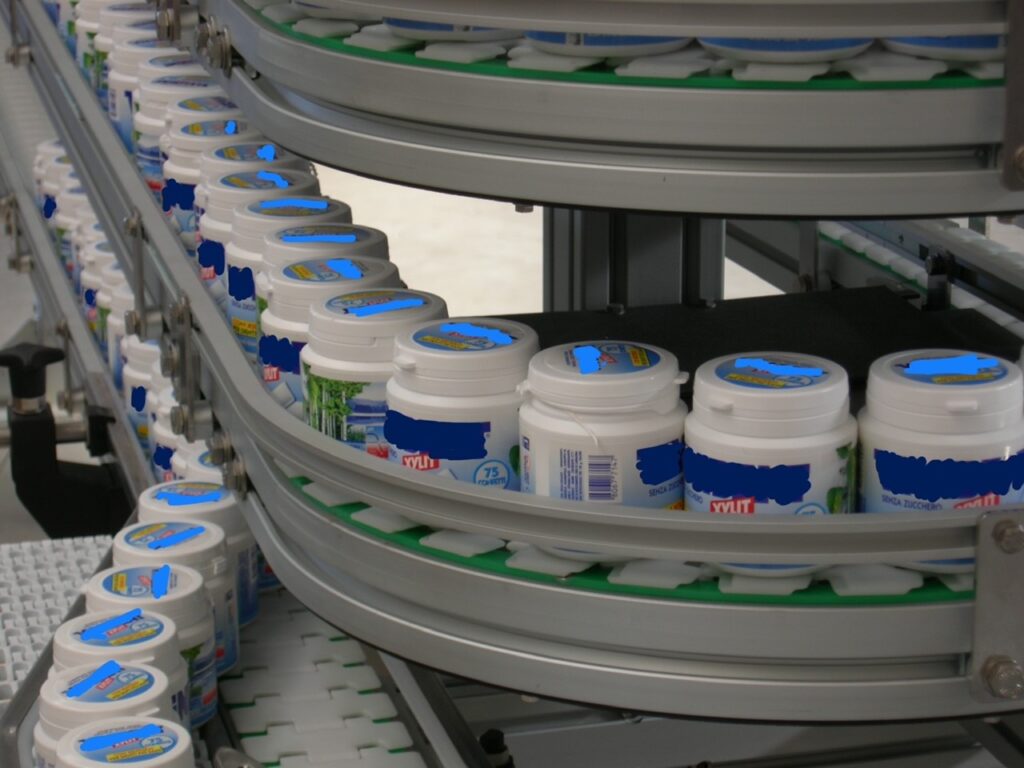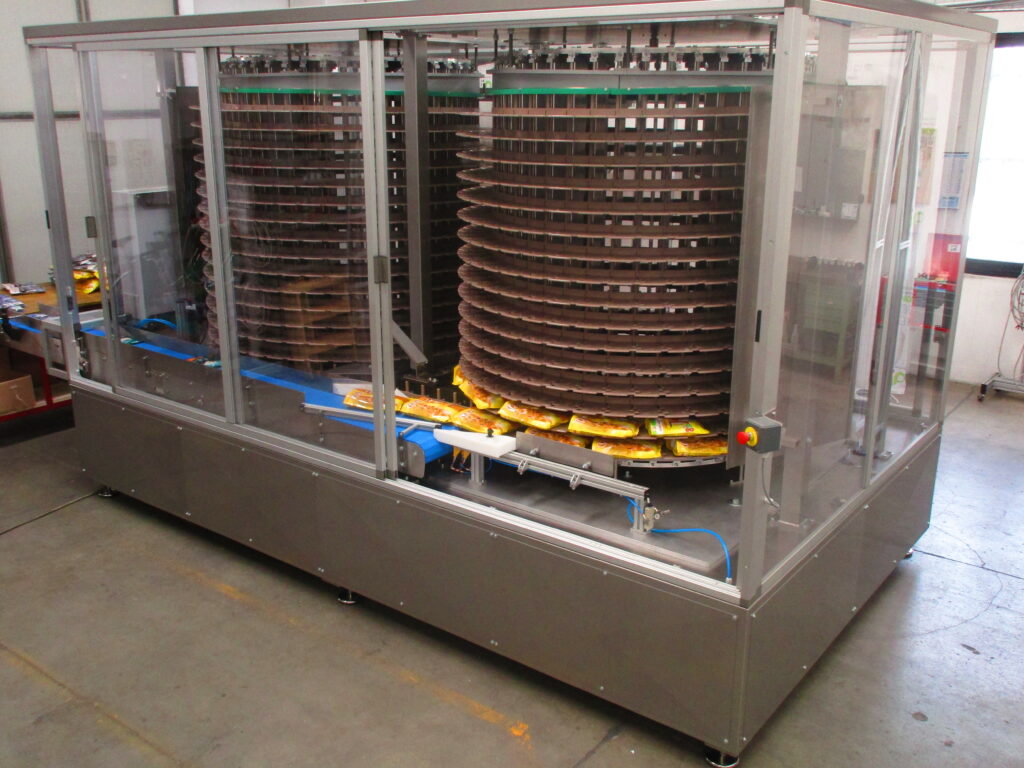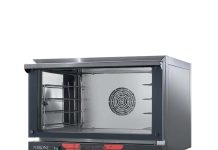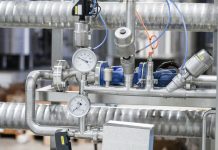
Conveyor belts are the circulatory system of a packaging line. As such, they should not be underestimated at the design stage so as not to compromise the final efficiency of the lines.
The first result of a Google search with the keywords “Buffering System” is a Wikipedia page on the pH balancing system of the blood that is needed by the human body to maintain the proper functioning of the metabolism. A packaging line behaves in a very similar way, the different machines need to be connected to each other by an efficient circulatory system and that is able to balance the operating differences that may exist between them.
Conveyor belts represent this circulatory system and are too often underestimated in the design phase with dramatic results on the final efficiency of the line. Accurately sized buffers are necessary to compensate for two possible situations: operating differences between two machines connected in series or productivity recovery in the event of idle-stops of the downstream machines. The first condition typically occurs when an intermittent operating machine is connected to a continuous operating one, for example if the upstream machine produces groups of products at regular intervals, while the downstream one would require a continuous flow of equally spaced products.
A similar case is that of machine starting and stopping transients that are incompatible with each other, here an example could be that of a machine that in the event of an instant downstream machine stop, while the one upstream requires emptying of products and then to continue running for a few seconds. The solution in these cases is relatively simple and usually requires a few more meters of conveyor and possibly extra motors to regulate the flow. The relative banality of the solutions should not deceive, the costs due to the efficiency losses caused by these problems can be huge and often difficult to identify correctly.
Buffer for productivity recovery
A buffer for productivity recovery is basically a conveyor that becomes a real machine, its function is to compensate for the idle-stops of the various packaging machines to allow the process line to never stop. The choice of its operating mode, available storage space and recovery capacity depend on multiple factors of a technical and economic nature, which must be carefully evaluated to optimize the return on investment. Below, some quick guidelines that M.H. Material Handling consider milestones when sizing a Buffering System: operating principle, accumulation space, recovery.

The operating principle can be of the LIFO type, in which the first product to enter the buffer is the last to exit, or of the FIFO type, in this case the first product to enter is also the first to exit. In particular, for the FIFOs is interested in the machines that keep in line gradually increasing the available space, effectively guaranteeing the complete traceability of the product. LIFO buffers are the cheapest and simplest. They are particularly suitable for non-perishable products, with a long expiry date, which can wait for the final packaging even for relatively long times.
FIFO systems, on the other hand, are more suitable for fresh products and which require limited line travel times in order to maintain the cold cycle. They are usually more complex machines and the price in some cases can be close to that of packaging machines. Accumulation Space. The correct sizing of the accumulation space is based on the efficiency of the upstream and downstream packaging machines and on their recovery times in the event of a idle-stop.
A major failure would be difficult to compensate with an in-line system, especially in light of the ever more increasing production rates of these times. Most situations can be handled with a buffering space corresponding to a production time of 2 to 5 minutes. Recovery. A well-sized line requires that the buffer can return product during normal production. The downstream machine must therefore be able to operate at a speed greater than the nominal one, typically ranging from 10% to 20%. The buffer flush time depends on this overdrive capacity.



